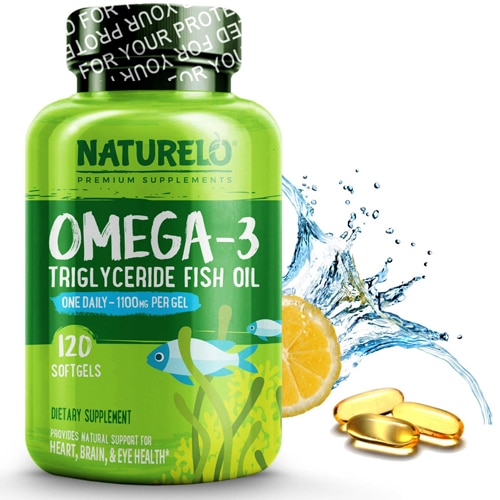Trying to keep your body strong? If you don’t eat fish, you are swimming upstream.
Fish is a great source of protein that promotes healthy weight and builds strong muscles. It also is packed with key nutrients, including omega-3 fatty acids, iron, selenium, zinc and iodine.

“Many varieties of fish can be considered ‘heart healthy’ because of their omega-3 fatty acid content,” says Caroline West Passerrello, a Pittsburgh-based registered dietitian nutritionist and owner of
Caroline West LLC.
Fish is also the single greatest dietary source of both vitamin B12 and vitamin D, according to the U.S. Food and Drug Administration.
Mercury Levels in Fish - What to Know
However, eating too much fish – particularly of certain varieties – can backfire. Some types of fish contain high levels of mercury and other chemicals that are potentially damaging to your health.
For example, eating large amounts of fish and shellfish with high levels of mercury can damage a fetus in a pregnant woman, or cause harm to a young child who consumes the fish directly. Damage to both the brain and the nerves can result.
Symptoms of mercury poisoning range from the subtle (memory problems and anxiety) to the more pronounced (hearing and speech problems, vision changes).
Which fish should you avoid?
Although most fish contain some mercury and other chemicals, many varieties of fish do not pose a significant risk to your health. However, others are notorious for containing high levels of mercury.
“The fish highest in mercury levels -- and considered choices to avoid -- include king mackerel, shark and swordfish,” says Passerrello, who also is a spokesperson for the Academy of Nutrition and Dietetics. .
Other fish that the U.S. Food and Drug Administration suggests avoiding due to mercury include marlin, orange roughy, tilefish and bigeye tuna.
As a general rule, larger fish that have lived longer are more likely to have high levels of mercury because they have lived long enough to accumulate the mercury.
For this reason, all people should avoid consuming large amounts of these fish. While eating too much fish can lead to mercury poisoning in adults, the health risks are greatest to younger children and fetuses. Those who should use extra caution when eating fish high in mercury include:
- Younger children
- Pregnant women, and women who may become pregnant
- Breastfeeding mothers
Which fish should you embrace?
On the other hand, many other varieties of fish contain lower levels of mercury, and are considered safer to eat.
“Options that are both good sources of omega-3 fatty acids and that are lower in mercury are salmon, Atlantic mackerel, herring, sardines and anchovies,” Passerrello says.
The FDA has published a list of the fish to eat -- and those to avoid. Around three dozen varieties are safe and are deemed to be the “best choices” to eat. Close to two dozen more are deemed “good choices.”
You can find the complete list of “best” and “good” choices -- as well as fish to avoid -- at
the FDA website.
How much fish should you eat?
As with any food, you should consume fish as one element in a balanced diet. “It's important to watch portion sizes and frequency to avoid too much of a good thing,” Passerrello says.
The USDA’s 2020-2025 Dietary Guidelines for Americans recommend 8 ounces of fish each week as part of a 2,000-calorie diet for adults.
Eight ounces equates to two servings, with each serving – 4 ounces -- being roughly equivalent to the size of your palm, the
Food and Drug Administration says.
It is recommended that children eat fish, but in smaller amounts. For children who are 2 years old, a single serving is 1 ounce. The serving size gradually increases for children until age 11, when it is the same 4-ounce size that it is for adults.
Finally, if you love fish and just cannot get enough, the FDA recommends trying to eat all your fish from its “best choices” category. This is especially true if you eat more than three servings per week.
 “Many varieties of fish can be considered ‘heart healthy’ because of their omega-3 fatty acid content,” says Caroline West Passerrello, a Pittsburgh-based registered dietitian nutritionist and owner of Caroline West LLC.
Fish is also the single greatest dietary source of both vitamin B12 and vitamin D, according to the U.S. Food and Drug Administration.
“Many varieties of fish can be considered ‘heart healthy’ because of their omega-3 fatty acid content,” says Caroline West Passerrello, a Pittsburgh-based registered dietitian nutritionist and owner of Caroline West LLC.
Fish is also the single greatest dietary source of both vitamin B12 and vitamin D, according to the U.S. Food and Drug Administration.



